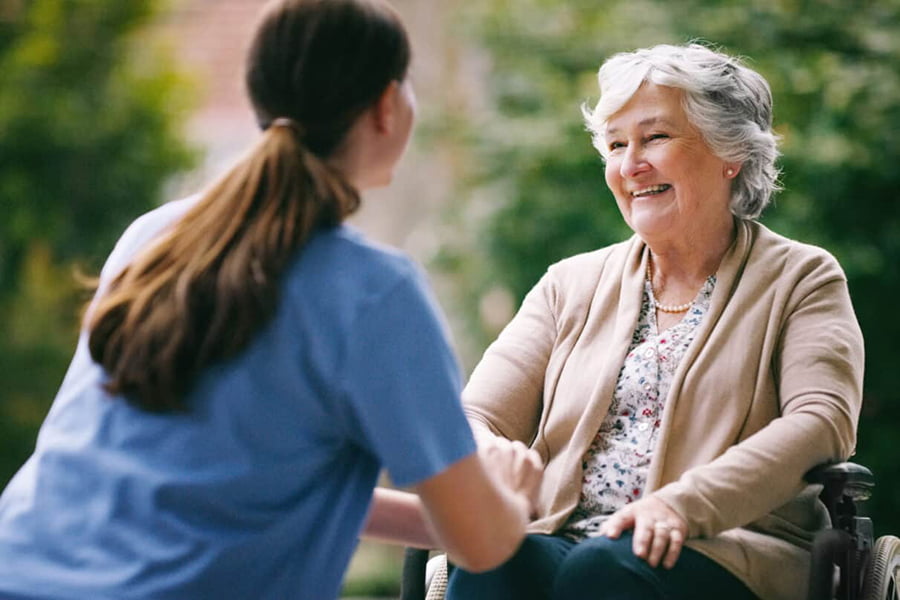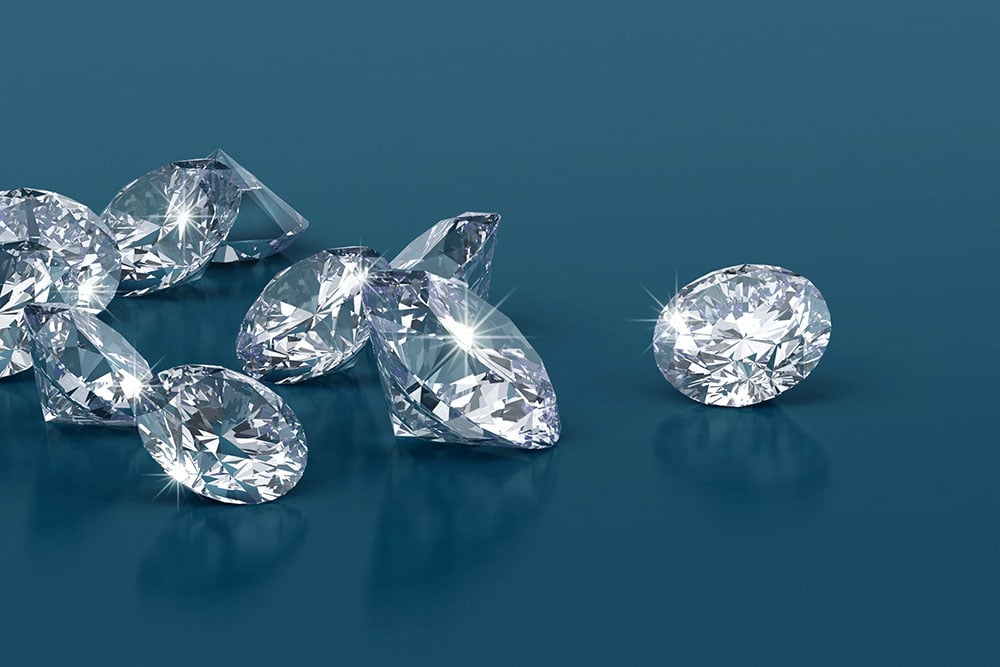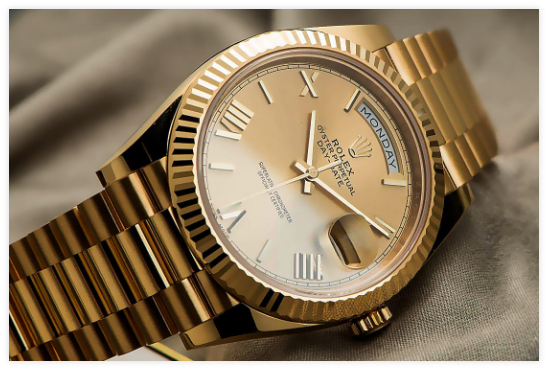 Posted On
Posted On
How to Set Up Your Bike for Injury Prevention!
 Posted On
Posted On
Cycling is a fitness-promoting form of transport that benefits both you and the environment. It directly supports both mental health and cardiovascular fitness—without overtly straining the knee or ankle joints. Like any form of exercise, cycling comes with risk of injury. But did you know that only seven percent of transport-related cycling injuries involve other vehicles? Though cycling does run this minor risk of road injury, most cycling-related injuries happen due to user error. You are more likely to sustain an injury by hitting a stationary hazard or by falling off your bike. Moreover, injuries often happen due to a lack of ergonomic adjustment rather than actual accidents. Here’s how you can minimise the risk of strain and consequently avoid running yourself off the road.
Saddle Up To Prevent Knee Pain
If you’re an active cyclist experiencing knee pain, it’s likely derived from the position of your saddle. Where are you experiencing the pain? If it’s in the front of the knee (aka anterior knee pain), your saddle is likely too low. This positioning places pressure on the patella. If it’s the front of your knee that’s hurting (aka posterior knee pain), your saddle is probably too high. If your leg has to reach too far down, this will strain the hamstring attachments.
Pain at the side of the knee is a whole other kettle of fish. This means your cleats may be poorly set up, meaning your knees aren’t tracking correctly (more on that later).
If your hips are rocking as you reach for the pedals, and your forward kneecap is not directly above the pedal spindle, your saddle is not sitting optimally. Adjust the position until you find the correct alignment for your kneecap. When making this adjustment, it can help to gain a third-person perspective of yourself. Get a friend to measure your leg positioning or, alternatively, take some recorded video footage of yourself and use a protractor/goniometer to measure your positioning on the playback.

Saddle up correctly and you’ll be as happy as this bloke. Image: Evoker
Get A Handle On Your Handlebars
Ensure that the handlebars are neither too low nor too far away. If you are hyperextending just to look up and see what’s ahead, this is a tell-tale sign that your handlebars are too low. The handlebars should be about the same height as your saddle, unless this feels uncomfortable in the lower back—in which case, you can elevate the seat a little higher.
Incorrect handlebar positioning can also result in wrist pain. To alter your handlebar positioning, simply loosen the stem bolts. This will rotate the bars upwards, somewhat reducing your reach. It is a good rule of thumb to ensure there is a straight line from your elbow to your fingers, and that your index finger is resting on the brake lever. Allow for a slight bend in the elbow to avoid locking out the joint altogether.
Compact or shallow-drop handlebars can also be an excellent option if you’re looking to relieve pressure from your grip.

Ring-a-ding-ding! Let’s get a handle on this.
Make Sure Nothing Is Afoot
It’s important to align the feet correctly to ensure efficient energetic outputs and optimal injury prevention. The ball is the strongest and greatest surface area of your foot, so it needs to be aligned over the centre of your pedal. This will go hand-in-hand (‘cause ‘foot-in-foot’ doesn’t have the same ring) with correctly setting up your cleats. Align your cleats with your shoes and check the cleat tension against the bike pedals. Foot positioning can overlap with saddle positioning. The way that your feet fall will sometimes depend on the saddle, so if something is afoot here, feel free to double-check the saddle height and alignment.

The power is in that six-o’clock stroke; that full extension. Are you extending to your full potential? (And that doesn’t mean overextending, either.)
Overall, riding a bike should feel just like…well, riding a bike. Everything should feel natural, straight, and free of forced postures. If anything is amiss or compromising that feeling, refer back to our handy tips above or, if you’re still feeling unsure, go for an individualised bike fitting from Evoker










